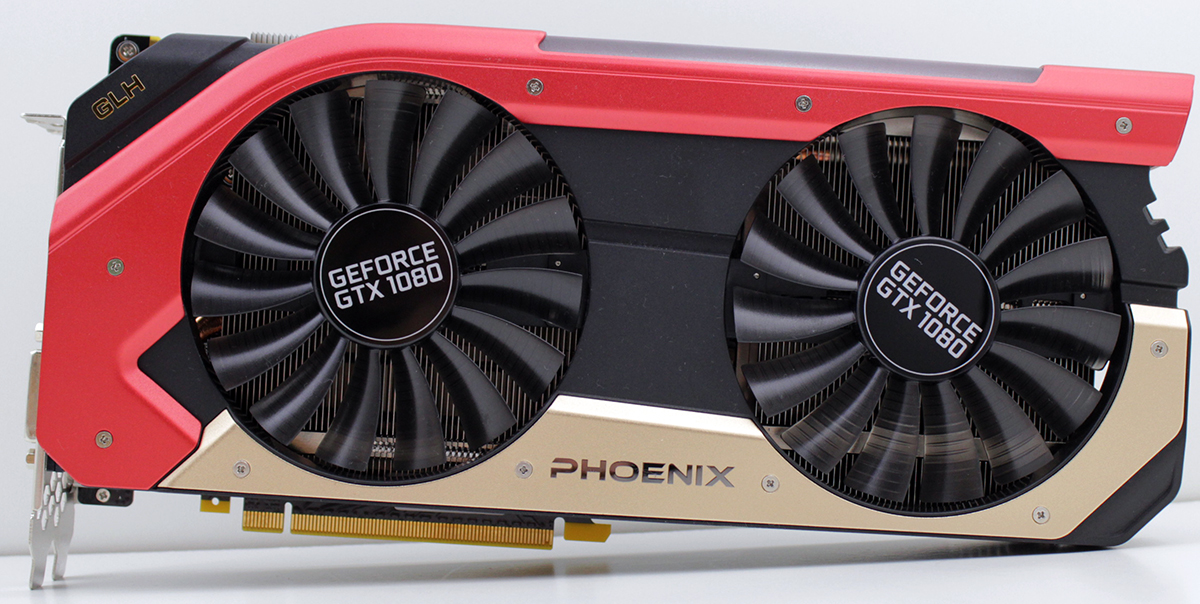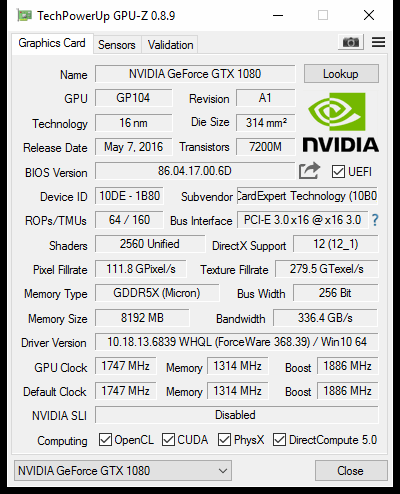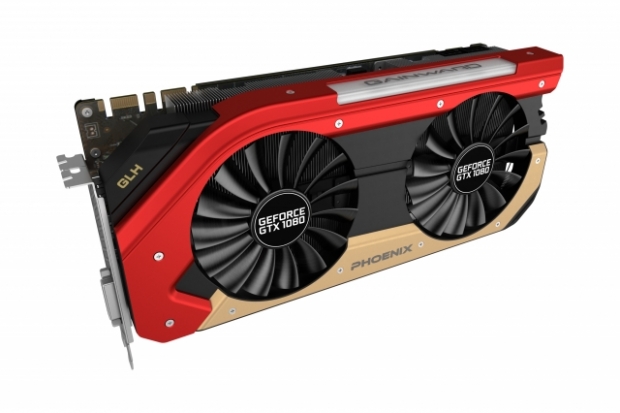Index
Review: The best gaming graphics card ever
The GTX 1080 Phoenix Goes Like Hell is the right card to experience a whole new class of performance enhanced gaming. The user can freely experiment with all the new Nvidia features, and we believe it has enough under the hood to drive whatever comes next.
Nvidia Geforce GTX 1080 and Geforce GTX 1070 are consumer graphics cards from the new Geforce Pascal generation. Both are very powerful and even the GTX Titan X cannot cope in terms of gaming performance and power efficiency.
Nvidia has introduced its reference cards and its partners are good to go with custom designs. Gainward as one of the oldest and most experienced partners knows how to gain attention of the users. This time Gainward has GTX 1080 Phoenix, which is a nice looking graphics card with a completely new cooler design and some other tweaks across a PCB. The cooler is three slots wide and according to Gainward this was done to deliver the card which is quiet in all working scenarios.

Before we go into detail about Phoenix card, it is important to compare the GTX 1080 (using GP104 GPU) to its predecessor the GTX 980 (using GM204 GPU). The GTX 1080 and the GTX 1070 are based on the same GP104 GPU, however the GTX 1070 has a considerably lower performance due to some cuts through the GPU.
The new Pascal architecture uses TSMC's 16nm FinFET node which is more advanced compared to 28nm FinFET used for the GM204, and for the GM200 (GTX 980 Ti). By lowering the physical size of transistors it is possible to squeeze 7.2 billion transistors into a 314 mm² package. Compare this to the 5.2 billion transistors packed into 398 mm² for the GM204. In terms of density this means the GP104 has 22.9 million transistors per mm2, compared to only 13.1 million transistors per mm2 for the GM204.
There are optimisations and improvements across the GPU that provide a better performance per watt curve. As in the previous generation, the GPU core is divided into four graphics processing clusters (GPC), but the GP104 GPU has less shared resources and more dedicated resources which leads to better performance.
The GTX 1080 has more CUDA cores (2560 vs. 2048) and more TMUs (160 vs. 128). The design of ALUs is unchanged. There are still 128 CUDA cores per streaming multiprocessor (SSM) and data throughput per clock of this units is the same compared to the previous Maxwell generation. Now there are five SMMs per GPC instead of the previous four SMMs per GPC.
Memory is increased (8GB vs. 4GB), and bandwith (320GB/s vs. 224GB/s) too. Unlike AMD, Nvidia is not using the new HBM2 memory. It deploys fast GDDR5X memory. This provides a nice 320GB/s bandwith, previously being available only by implementing 384-bit or 512-bit GDDR5 memory interfaces. The base GPU clock is set at 1607MHz, while the boost clock is 1733MHz. The GP104 likes overclocking and we went beyond 2GHz easily.
Gainward GTX 1080 Phoenix Goes Like Hell graphics card used in this review had a hefty factory overclock which set the base GPU clock to 1747MHz. The Memory clock is also increased from 1251MHz to 1314MHz.




